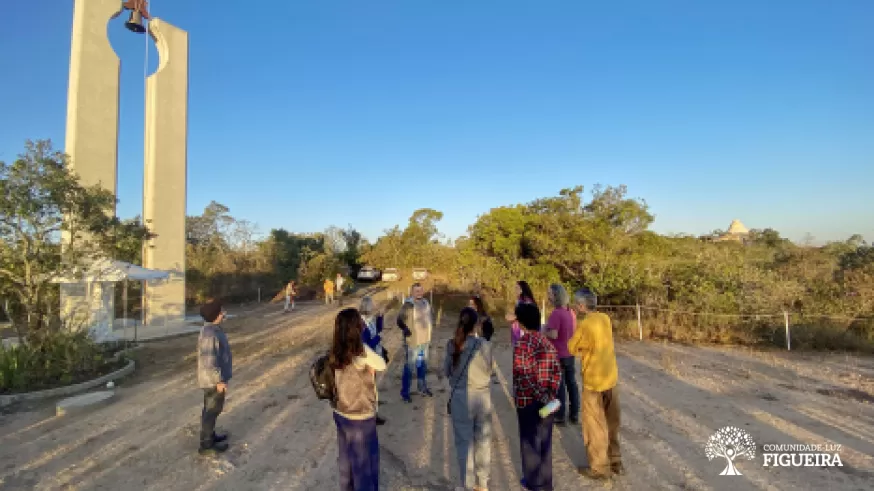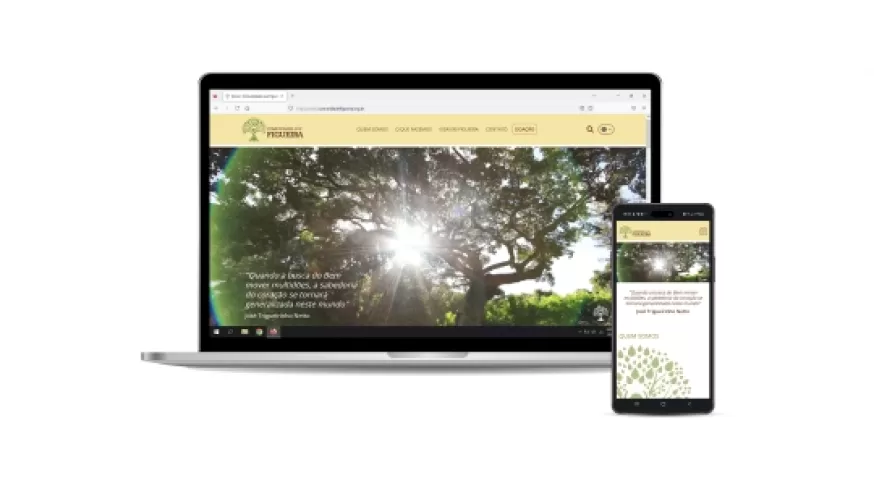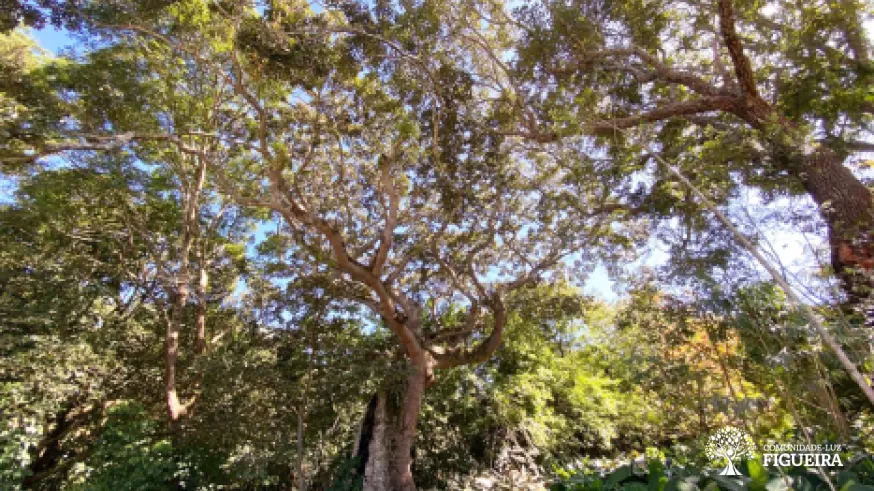Category: Light-Community of Figueira
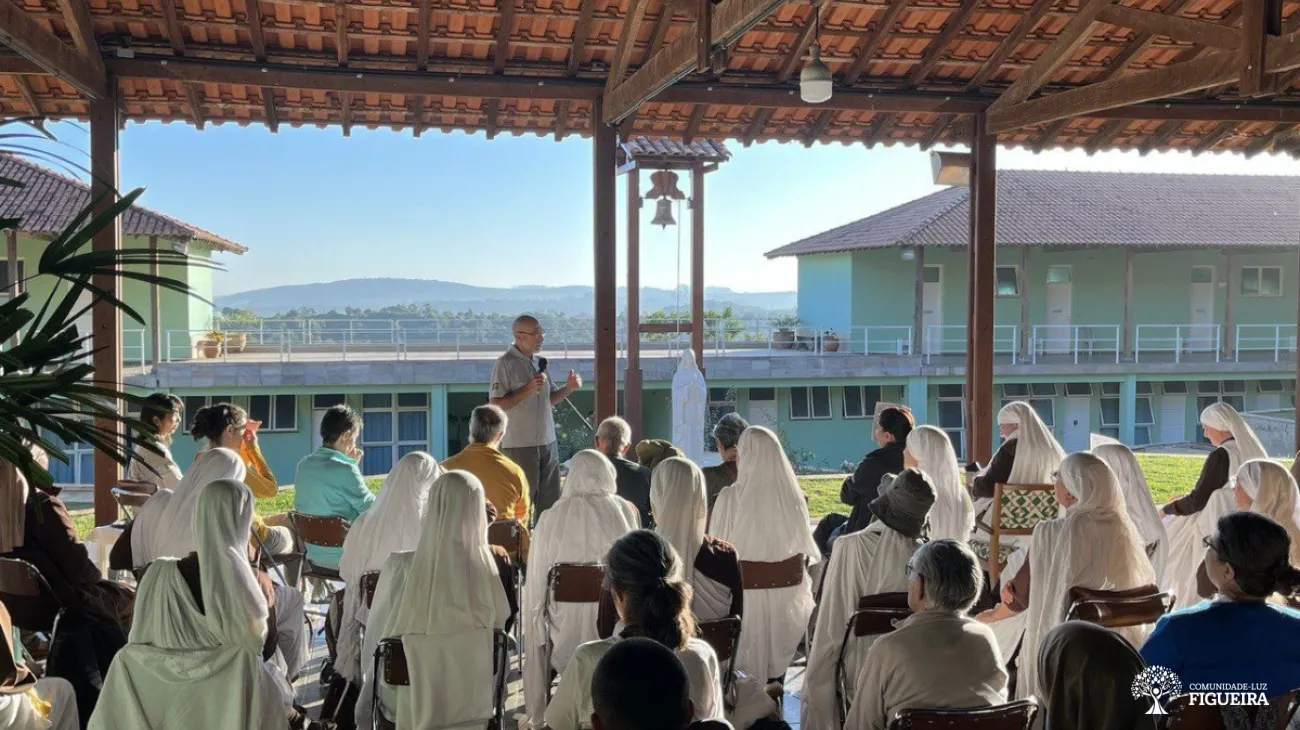

An Emergency Plan aims to adapt a group, in structural, organizational and people training terms, so that the response to a humanitarian, social or environmental crisis can be proactive and effective, with due readiness to serve in the face of any need. In Light-Community Figueira, the construction of an Emergency Plan refers to the principles of its foundation, when José Trigueirinho, spiritualist philosopher founder of the Light-Community, brought in a forceful way the need to prepare for current times in which the changes he already anticipated would happen in nature and in humanity. The rhythm of the Light-Community pulsed in this direction, and many activities took place promoting this preparation, such as courses, simulations, research and instructions.
Currently, in times of environmental and social instability, Light-Community Figueira takes up the theme again, driven by Fraternity - Humanitarian Missions (FIHM), both institutions affiliated to Fraternity - Humanitarian Federation (FIHF). In this context, the construction of the Plan and Manual for Times of Emergency began, with the aim of preparing members of the Light-Community to provide effective help in emergency situations and preparing other people who are also interested in acting in response to a disaster, catastrophe or crisis.
The first step was taken with the presence of the humanitarian server of the Fraternity - Humanitarian Missions (FIHM), Ricardo Baumgartner, who together with representatives from all sectors of the Light-Community, held more than 40 meetings during the month of April, to evaluate the current landscape and likely fronts of action in the face of an emergency.
To create a holistic vision of the Light-Community, all sectors were involved in the Plan, and others were organized to cover the necessary preparation: Reception, Water and Sanitation, Food, Animals, Communication, Emergency (immediate action), Structure, Hygiene and Waste Management, Legal, Logistics and Transport, Health, Security are working together under a General Coordination of the Emergency Plan.
"It's been great to interact with all sectors, learn about the dynamics of each one and think of solutions for Figueira as a whole. It strengthens Unity between the areas and makes us more responsible for maintaining this precious heritage that is the sacred land of the Light-Community Figueira." shares Qumran, one of the people responsible for the Emergency Safety Sector.

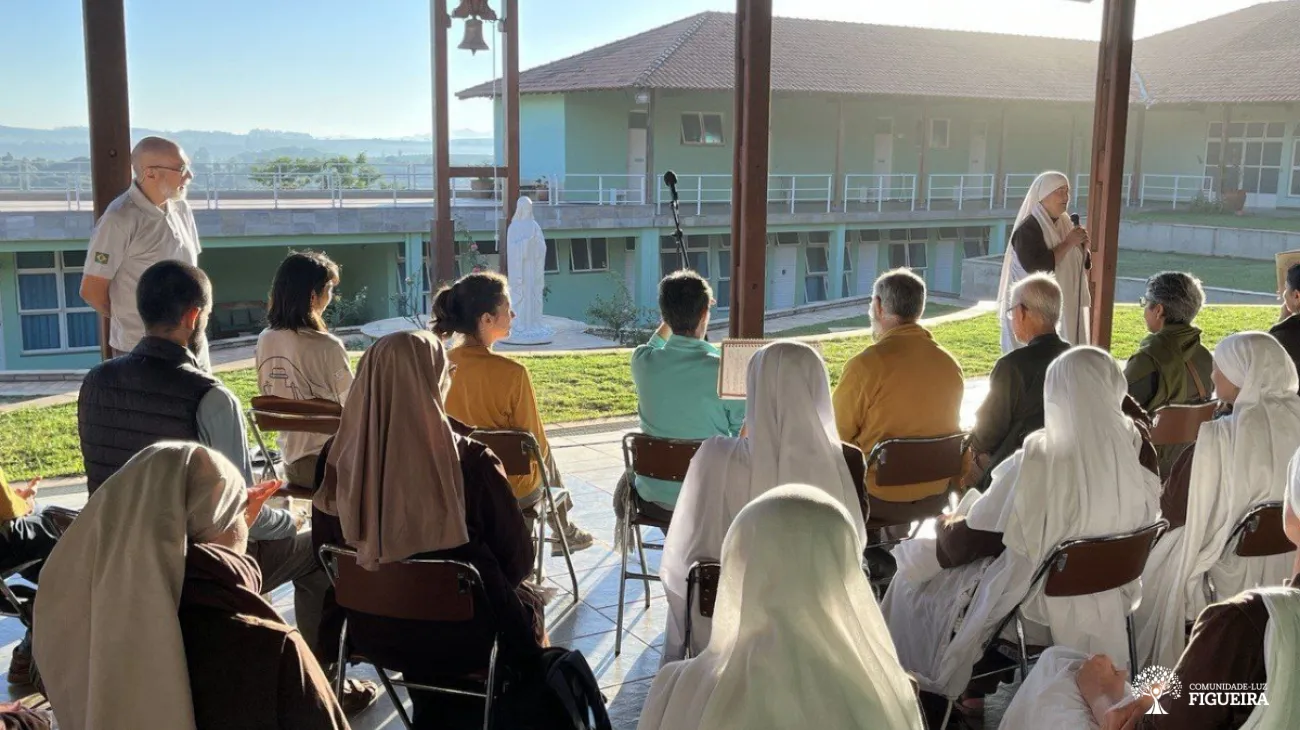
One of the challenges faced by the team was defining a starting point, given the range of actions and complexity of needs. A Plan of Action spreadsheet was then developed, based on administrative tools such as 5W2H and the SWOT Matrix, which helped to gather information accurately, visualize the steps and direct the implementation of the actions.
“The action management spreadsheet, our basic planning and sharing tool, has provided conditions for objective evaluation of each proposed action and the interrelationship between sectors. This way, all managers, together with the coordination team, work to create interrelationships between areas and sectors and the importance of acting in an integrated and cooperative manner. I am grateful to be able to participate,” says Claudia Rimini, a permanent member of the Light-Community and one of the people responsible for the Water and Sanitation Sector in the Emergency.
After mapping the current situation of the Light-Community, the project was presented to all its members. “It is also challenging to strengthen the Community’s awareness of the urgency of change, since we are already in times of emergency, and to make routine preparation for situations that may arise. There is a lot to be done in a short time,” says Clarissa Baumgartner, a resident of Figueira and responsible for the general coordination of the Plan and Manual for Times of Emergency in the Light-Community Figueira.
“The Emergency Plan led the group to integration, to attract the return of an archetype where no sector is separate from the other, since what one does impacts the other. This integration shows us that on one hand we have the emergency plan, which needs to be expressed, and on the other hand we have an inevitable restructuring of the functioning of the sectors, which are being led to have a united participation in each other's situations, within transparent and broad communication, recovering an overall vision and group consensus in decisions”, reflects Tarcísio, a stable member and one of those responsible for the Water Sector in the Emergency.
Luzío, a resident of Figueira and one of the people responsible for the Emergency Communications Sector, adds:
“As a group, we have been preparing ourselves, internally and externally, for times of emergency for over 35 years. In the past, we used to talk about times when the surface of the planet would face great tribulations as something relatively distant in time. But today, with climate change becoming increasingly evident and catastrophes occurring with greater frequency and intensity, we are realizing that the times that were predicted have already arrived; that we are already living in times of planetary emergency. In this sense, creating an Emergency Plan is more than a theoretical exercise or a simple documentation of procedures for future eventualities; the work we are doing is focused on situations that are increasingly close in space and that could knock on our door at any moment. The better prepared we are, the more we can collaborate to overcome these situations.”

